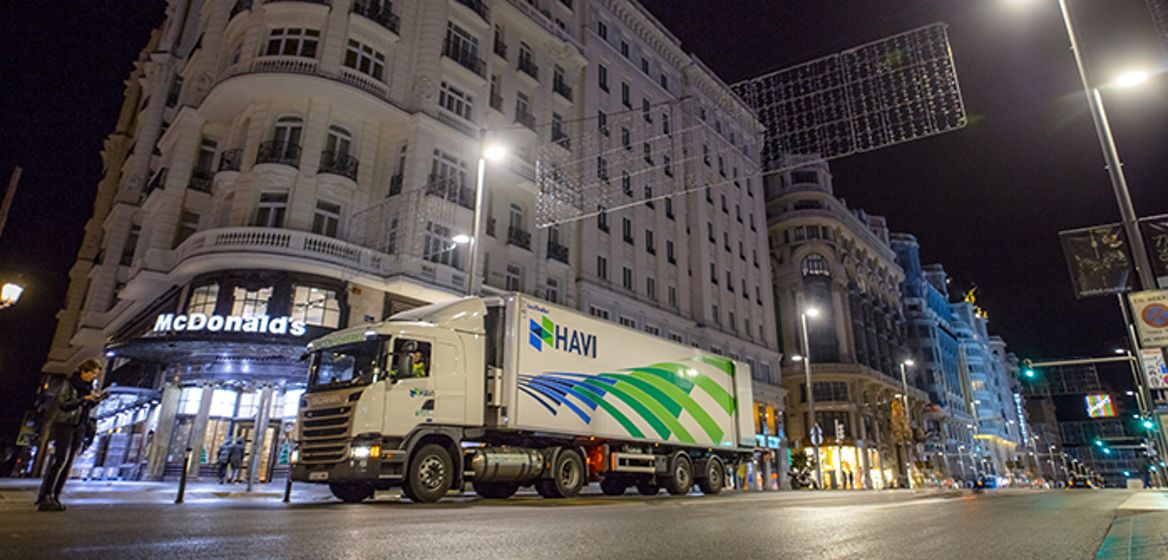On the Road to Climate Action
August 21, 2019
In March 2018, McDonald’s became the first restaurant company to set an approved science-based target to reduce greenhouse gas emissions. We’re working with Franchisees and suppliers to reduce greenhouse gas emissions related to McDonald’s restaurants and offices by 36% by 2030, and towards a 31% reduction in emissions intensity (per metric ton of food and packaging) across our supply chain by 2030 from 2015 levels. Our global logistics providers have stepped up in a collaborative effort, and are now pursuing their own science-based targets.
Driving action in our supply chain
McDonald’s doesn’t own the distribution centers which McDonald’s products move through, or the vehicles by which products are transported to McDonald’s restaurants, so we rely on our logistics suppliers to be leaders in their field to reduce the carbon footprint of our logistics network. In our supply chain, our suppliers’ leadership and initiative is critical – setting their own ambitious goals, embedding carbon emission reduction into decision making across their businesses, and leveraging their networks and resources, to drive urgent action.
Martin Brower and HAVI have committed to reducing their greenhouse gas emissions from owned fleet activity, buildings and subcontracted transportation by 39% and 40% per metric ton of goods delivered by 2030, respectively, from a 2015 base-year. These new commitments build on many years of continually increasing the efficiency of our logistics operations, and we’re excited to see what’s next.
Our global logistics suppliers rallying together around one vision and collaborating to take action, is an example of how the McDonald’s system is using its collective scale and reach to make a difference. We know that we can move the dial on climate action quicker if we work together, share best practices, challenges, and solutions, and will continue to do so within our supplier network.

